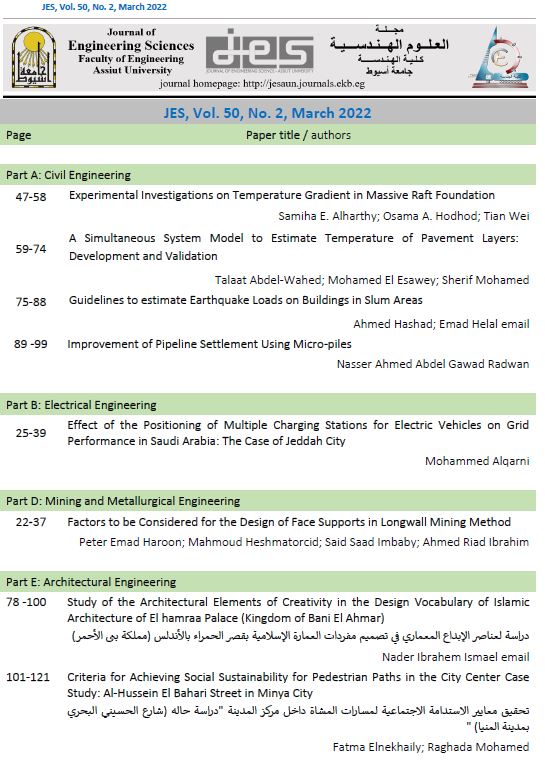Many roads in hot regions of the world are exposed to very high temperatures especially in desert areas during the summer season, where the temperature could reach more than sixty Celsius degrees. Temperature variations cause a lot of distress in flexible and rigid pavement such as rutting, vertical transverse (i.e., thermal) cracking, thermal fatigue damage, blowup/buckling, in addition to generating warping stresses. Accurate detection of the surface temperature of flexible pavement is very important for pavement design analysis. This research presents a new model to estimate the temperature of flexible pavement layers under extremely high temperatures as a set of simultaneous equations. The proposed model included Clear-Sky as sub-model to estimate the solar energy of beam and diffuse radiation of the pavement surface. Ambient temperature was calculated by solving the model depending on the time of the day. The proposed model was validated via experimental data collected from one-year measurements at instrumented pavement section in New Sohag, Egypt. The asphalt surface temperatures were measured for summer, winter solstices and vernal and autumnal equinoxes. It was found that the model provides reasonable estimates compared to the experimental data. The proposed model is deemed appropriate for estimating pavement layers temperature in hot regions.

